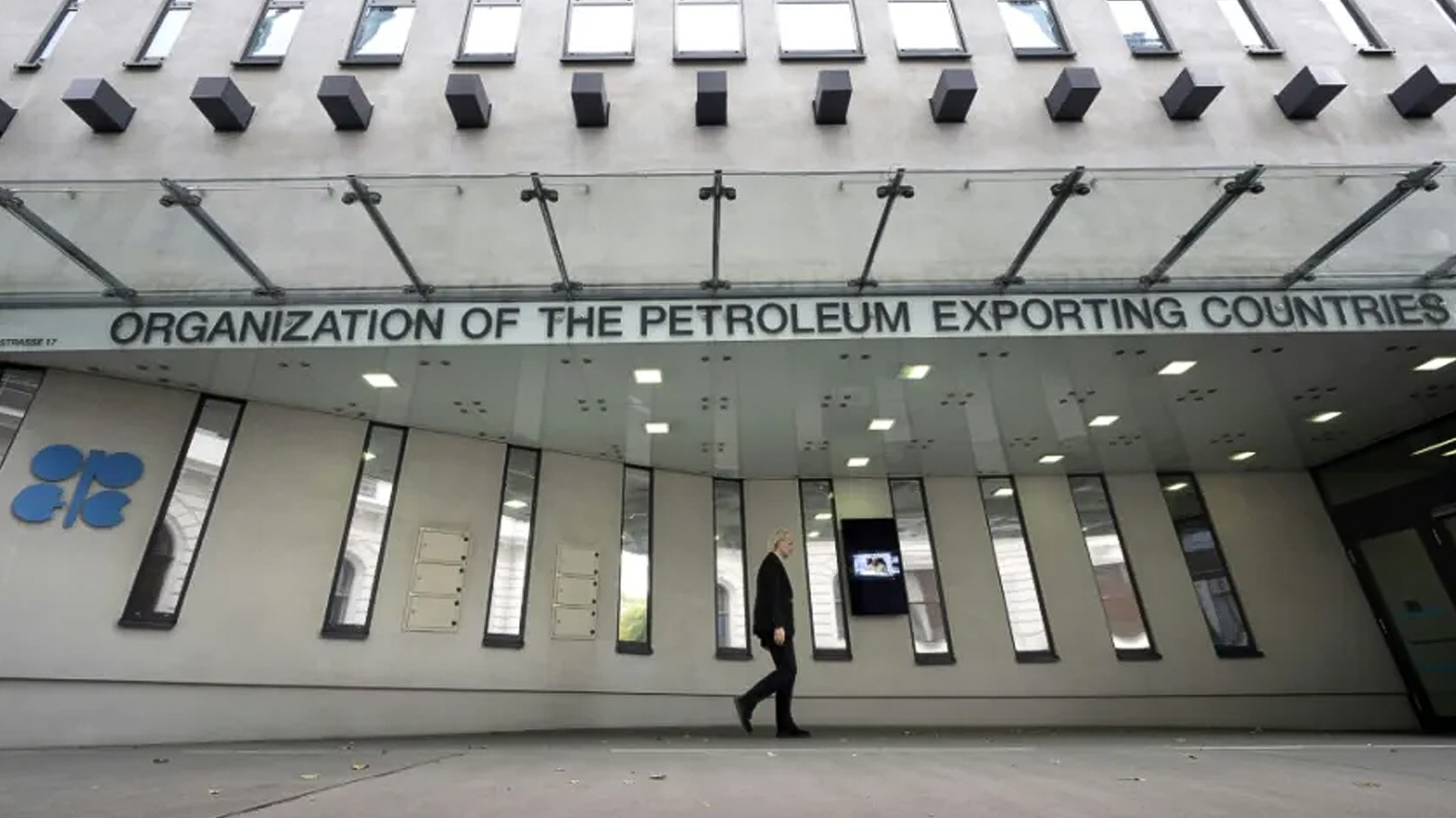OPEC+ Maintains Output Increase Policy Amid Price Volatility
OPEC+ set to approve 411K bpd output hike for August, continuing market share push. Saudi-led strategy shift pressures non-compliant members. Prices steady despite recent Iran-Israel tensions.

By Ahora Qadi
Erbil (Kurdistan24) – Oil-producing states within the OPEC+ alliance, led by Saudi Arabia and Russia, are expected to endorse another production increase for August during a virtual meeting on Saturday, continuing a strategy shift aimed at regaining market share despite persistent price fluctuations.
Representatives from Iraq, the UAE, Kuwait, Kazakhstan, Algeria, and Oman will also join the session, which is anticipated to confirm an additional output rise of 411,000 barrels per day—mirroring the increases agreed for May, June, and July.
Shift in Strategy: Market Share Over Stability
OPEC and its allies had originally adopted production cuts at the end of 2022 in an effort to support global oil prices. However, in a surprising pivot since May, eight of these countries, spearheaded by Saudi Arabia, began increasing production, resulting in a sharp drop in prices that have since hovered between $65 and $70 per barrel.
According to Saxo Bank analyst Ole Hansen, the group has deliberately shifted focus "from price stabilization to regaining lost market share," a move that has reshaped expectations across global markets.
Saudi Pressure and Compliance Discipline
With its significant weight in the alliance, Saudi Arabia’s continued increase in production also serves a tactical purpose: to pressure non-compliant members within the bloc. By saturating the market and reducing profits, Riyadh aims to curb overproduction by nations exceeding their assigned quotas.
Jorge Leon of Rystad Energy noted that while the headline increase is 411,000 barrels per day, the actual net addition is likely to fall between 250,000 and 300,000 barrels, due to structural production limitations among several member states.
Limited Impact from Iran-Israel Conflict
The current deliberations come shortly after a 12-day conflict between Iran and Israel in June that briefly drove Brent crude prices above $80 per barrel, largely due to fears of a potential closure of the Strait of Hormuz—a vital oil transit route accounting for around 20% of global supply.
Nevertheless, with no disruption to oil shipments and diminishing concerns about a wider regional escalation, analysts such as Giovanni Staunovo suggest the war is "unlikely to influence the current OPEC+ decision."
Hansen further argued that the conflict may, in fact, reinforce the group's commitment to rapid production increases, particularly in anticipation of any disruption to Iran's export capacity—though such a scenario remains unlikely at present.
Outlook: Prices to Remain Stable
Despite the projected output increase, Bloomberg estimates that actual production only rose by 200,000 barrels per day in May, even as quotas were doubled—highlighting the disconnect between agreed and realized supply figures.
Given the modest production rise and its broad anticipation within oil markets, analysts expect prices to remain near their current levels in the short term, barring any unexpected geopolitical shocks or supply disruptions.
